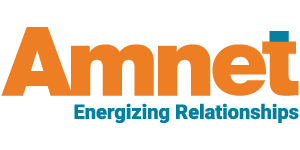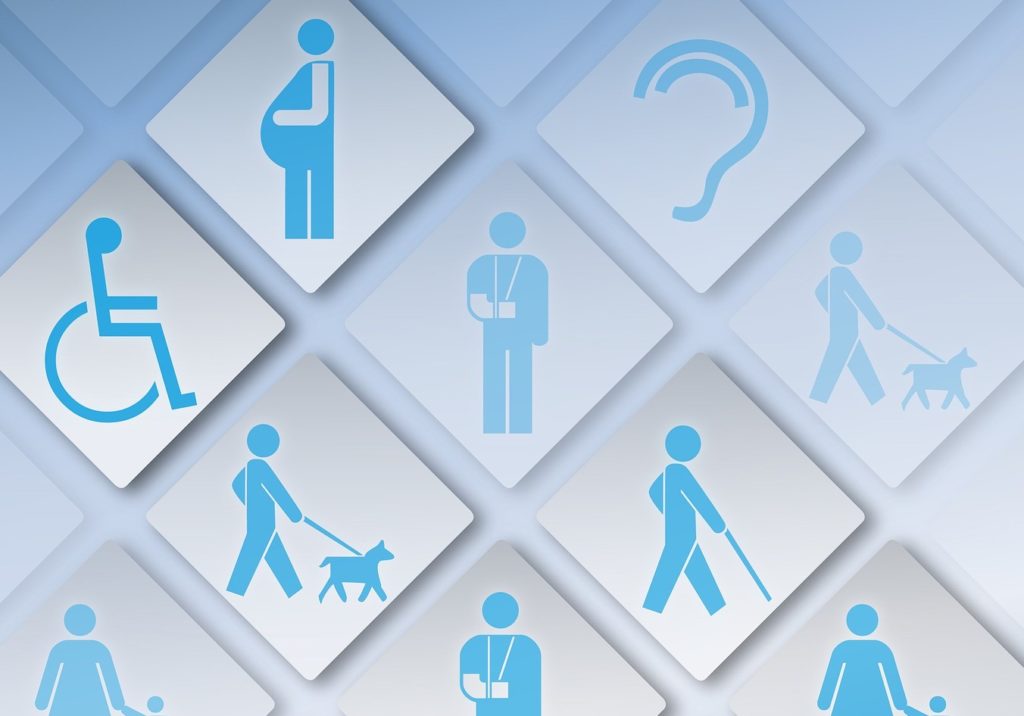The Impacts of Technological Innovations on the University Education System
[Approximate Reading Time : 4 mins]
The idea of a university setting likely brings to mind images of students carrying cumbersome textbooks to classrooms where they sit in rows, dutifully taking notes while the professor lectures using a PowerPoint slideshow. While this is still largely the case, innovations in higher education have led to changes in information delivery and student participation. The rise in technological advancements is altering the face of the college institution and its affiliated services, educational publishing in particular.
Incorporating Smartphones
Smartphones are in the classroom. Rather than fighting their presence, some instructors recognize the power of mobile devices as an educational tool and are incorporating them into the classroom format. Regardless of professor policy, students consistently access educational content on their smartphones. Likewise, learning management system developers recognize the ubiquity of smartphones and have adapted their systems to function from multiple types of devices.
Offering Textbooks in eBook Format
The proliferation of the digital-book format is having an impact on educational publishing in higher education. Pearson, a prominent publisher for university textbooks, plans to move to a digital-first strategy where its entire library of titles will be provided in eBook format. The move offers the opportunity to update information and deliver supplementary content easily and quickly. It also aligns with student preferences and habits for consuming digital material.
In addition, the rising costs of traditional printed textbooks are becoming cost-prohibitive for many students. Digital texts are less expensive, especially when the option to rent or subscribe is available.
Utilizing Open Source Services
Educational publishing is also experiencing the effects of open source access to information, with complete e-textbooks typically offered for free on open educational resources platforms. Many instructors and even institutions are looking to cut costs where they can for students to attend college. Proponents of OER see it as one way to reduce the financial burden of higher education.
OER is not just for textbooks. The platform also provides ancillary teaching materials in diverse formats, such as videos, digitized art and recordings.
Developing Online Course Platforms
In 2017, 6.6 million out of 19.7 million college students enrolled in online classes. Online education broadens access to university programs for international students, people with jobs and/or families and individuals who are housebound. The increase in eBook availability from the educational publishing world contributes to improved accessibility.
While the trend for virtual course offerings has been on the upswing anyway, the current coronavirus pandemic will likely speed up the shift to a higher percentage of classes and degree programs being offered in the online format.
Amnet offers end-to-end, technology-led, education publishing services for higher education content. Discover the benefits today of an Amnet partnership for your publishing company.
Sources:
1. https://www.insidehighered.com/digital-learning/article/2019/02/27/mobile-devices-transform-classroom-experiences-and
2.https://library.educause.edu/~/media/files/library/2017/10/studentitstudy2017.pdf
3.https://www.insidehighered.com/digital-learning/article/2019/07/16/pearson-goes-all-digital-first-strategy-textbooks
4.http://ubir.bolton.ac.uk/290/1/iec_reports-1.pdf
5.https://www.wired.com/story/digital-textbooks-radical-transformation/
6.https://educationdata.org/online-education-statistics/


